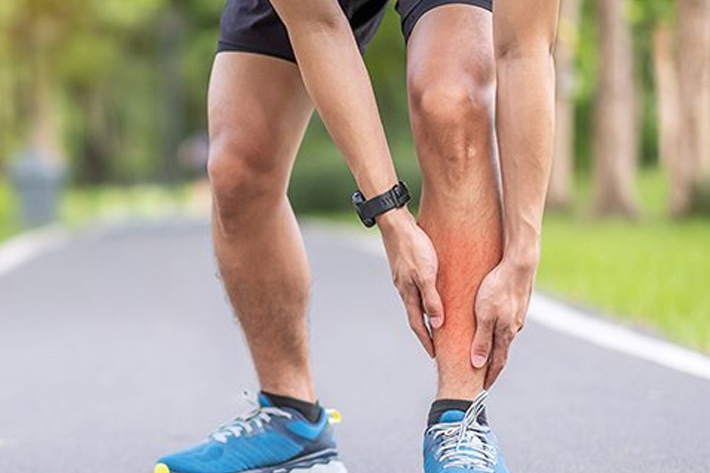Shin splints, medically known as medial tibial stress syndrome (MTSS), is a common condition characterized by pain and inflammation along the shinbone (tibia). It is often caused by repetitive stress on the shinbone and the surrounding muscles, tendons, and tissues. Here are some common causes and management options for shin splints:
Causes:
- Overuse: Engaging in repetitive activities that place excessive stress on the shins, such as running, jumping, or dancing, without allowing adequate time for rest and recovery.
- Poor footwear: Wearing shoes that lack proper support or have worn-out cushioning can contribute to shin splints.
- Biomechanical issues: Abnormalities in foot structure, such as flat feet or high arches, or improper gait mechanics can increase the risk of developing shin splints.
- Training errors: Sudden increases in training intensity, duration, or frequency without gradual progression can overload the shinbone and lead to shin splints.
- Hard surfaces: Exercising on hard surfaces like concrete or asphalt can increase the impact on the shins and contribute to shin splints.
Management options:
- Rest and ice: Resting is crucial to allow the inflamed tissues to heal. Apply ice packs to the affected area for 15-20 minutes, several times a day, to reduce pain and inflammation.
- Pain management: Over-the-counter nonsteroidal anti-inflammatory drugs (NSAIDs), such as ibuprofen, can help alleviate pain and reduce inflammation. However, it’s advisable to consult a healthcare professional before taking any medication.
- Stretching and strengthening exercises: Perform gentle stretching exercises to improve flexibility and strengthen the muscles around the shin. Calf stretches, toe raises, and ankle exercises can be beneficial.
- Footwear and orthotics: Wear properly fitted shoes with good cushioning and arch support. In some cases, custom orthotic inserts may be recommended to correct biomechanical issues and provide additional support.
- Gradual return to activity: Once the pain subsides, gradually resume activity and gradually increase intensity and duration to avoid overloading the shins.
- Cross-training: Engage in low-impact activities like swimming or cycling to maintain fitness while giving the shins time to heal.
- Physical therapy: If the pain persists or worsens, a physical therapist can provide specialized treatments such as ultrasound, massage, or taping techniques to aid in recovery.
- Technique assessment: Consult a sports medicine professional or a running coach to assess your running or exercise technique and make any necessary adjustments.
It’s important to note that the information provided here is not a substitute for professional medical advice. If you are experiencing shin splints or any persistent pain, it is recommended to consult a healthcare professional for an accurate diagnosis and appropriate treatment plan.





